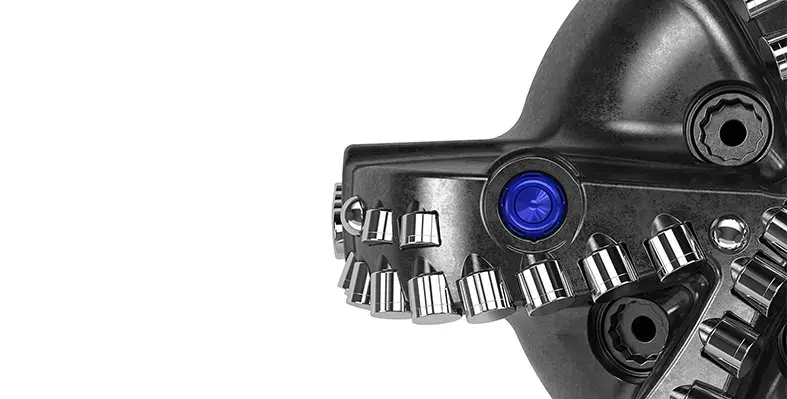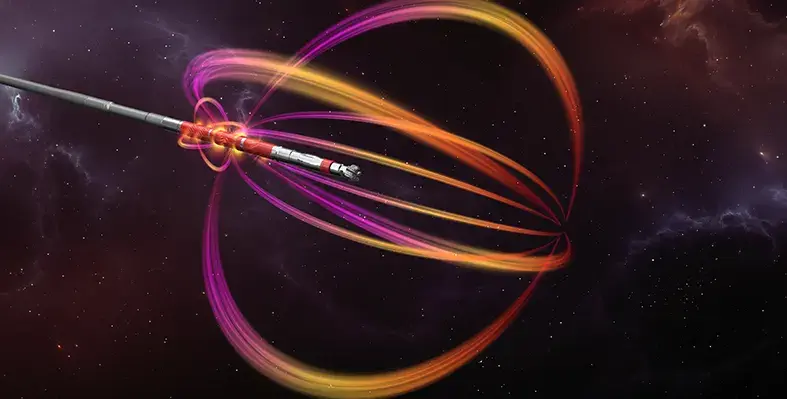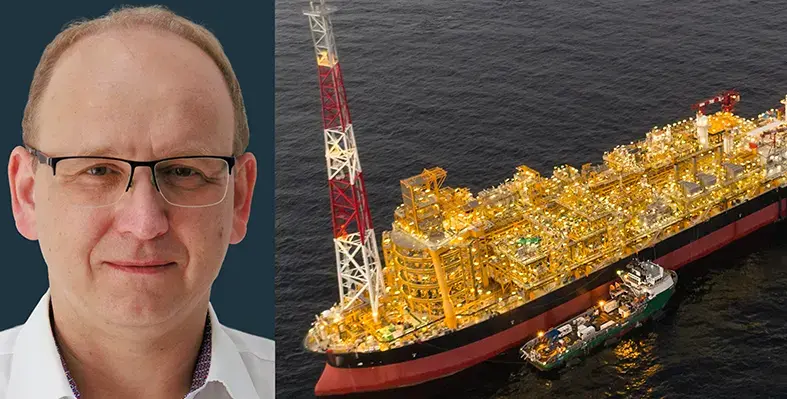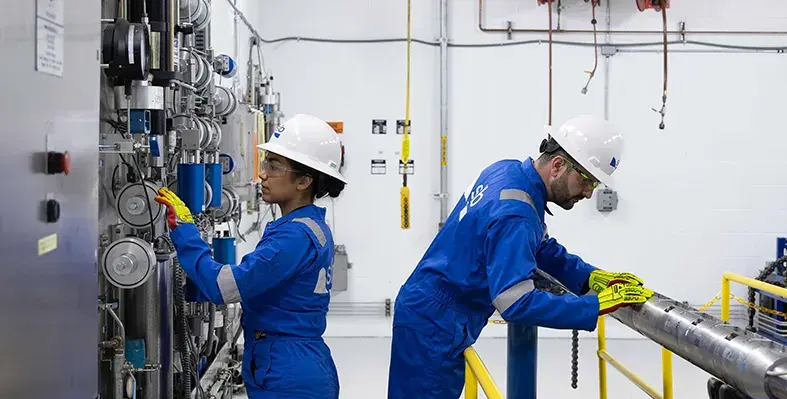
Retina at-bit imaging provides precise measurements at the critical point of first contact between the drill bit and the formation. (Image source: SLB)
SLB has launched Retina at-bit imaging, which converts measurements taken at the drill bit into detailed, high quality borehole images
Successfully tested in the Middle East, Retina at-bit imaging provides precise measurements at the critical point of first contact between the drill bit and the formation, providing unsurpassed image clarity in large hole sizes as drilling commences and the borehole diameter reduces progressively toward the reservoir section, thereby enabling identification of formation characteristics to optimise drilling efficiency, formation evaluation and safety.
It works by using a PDC drill bit tailored with the latest design, architecture and cutter technologies to accommodate sensors for measuring forces at the bit face. It captures formation details to visualise and characterise layers, bedding dips, thin beds, fractures, and textural variations without interference from any type of drilling fluid. The raw data is processed to create a high-resolution borehole image for formation characterisation and rock properties qualification. High-resolution images are important for geological characterisation from the outset of drilling, revealing potential well-related expenditures such as mud-loss zones, hard drilling intervals and stuck-pipe events — which can add days to complete the well, incur non-productive time, and increase safety risks.
Retina addresses the limitations of traditional imagers, which are often restricted by operational factors like drilling fluid type and wellbore damage, and often not usable in the reservoir access intervals due to borehole size limitations.
Field test data from land operations in the Middle East have demonstrated Retina's versatility and effectiveness. In one field test in the Middle East, Retina revealed the presence of fractures and vugs (small cavities or pores within the rock) in carbonate formations, providing critical information for predicting and preventing mud losses. During another field test, the tool also provided high-resolution images of stylolites, which act as pressure barriers, allowing for a better understanding of productive zones.
“Retina provides an unparalleled view of the formation and its characteristics downhole, enabling better-informed decisions from the start,” said Cecilia Prieto, president, Well Construction, SLB.
“This leading-edge technology marks a significant advancement in borehole imaging, providing drillers with critical insight in situations where it was previously impossible. With imaging at the bit, before the formation is affected by drilling fluids, the exceptional resolution unlocks new opportunities around drilling, fluid management, and completions, leading to significant risk reduction and production optimisation.”












